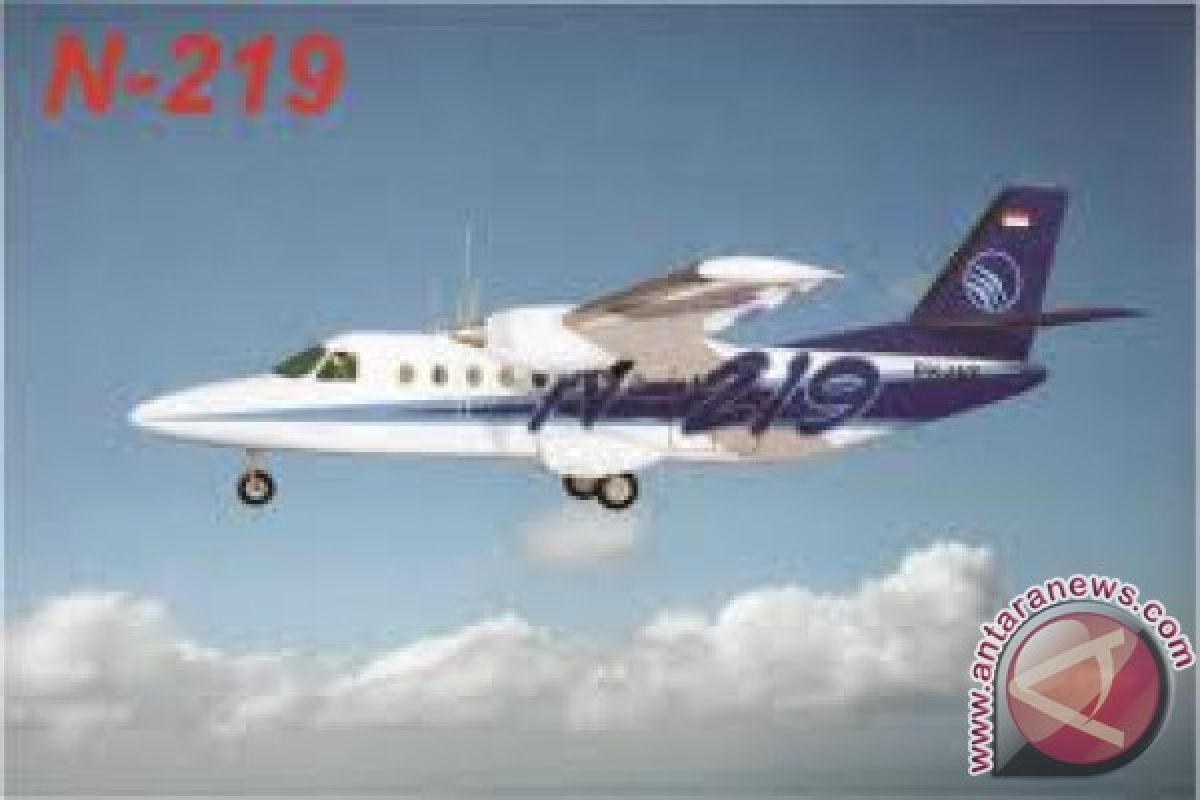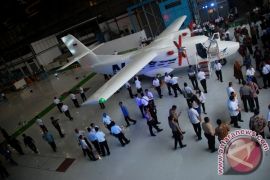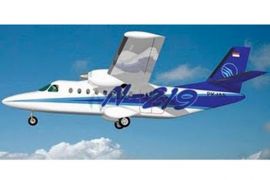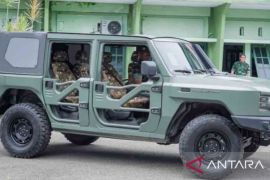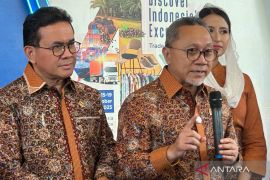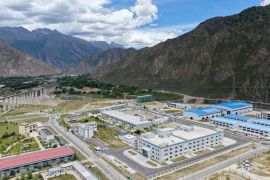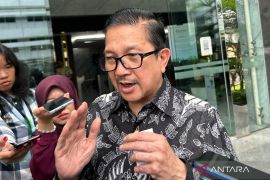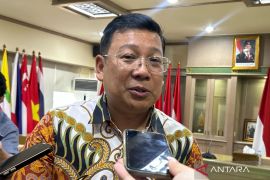Journalists visiting the Bandung-based aircraft maker saw the mock-up of the aircraft as a futuristic, twin-engine turboprop aircraft. In the engineers’ drafting room, the complete design of the aircraft is ready for the next stage of preparation.
“Before entering serial production, we will make two prototypes of the aircraft this year. We need one prototype for flight test and another for static tests,†said IAE Director of Technology and Development, Dita Ardonni Jafri, who briefed the journalists on Friday (Jan. 13).
The new aircraft project’s current ready-for-production status is gained ever since IAE’s engineers began the project in 2006 with a series of basic test conducted until 2008.
Dita Ardonni added IAE would start full production of N-219 by 2014, about the time when many aging aircrafts of the class in Indonesia would need replacements. Several options for the power plant are under consideration, including the U.S.-made GE aviation engines.
A series of other tests, including wind tunnel test to ascertain the new aircraft’s aerodynamics excellence, have been carried out jointly with Indonesia’s Technology Assessment and Application Agency (BPPT), according to Dita Ardonni.
“We hope to get the flight certification from Indonesia’s Ministry of Transport in 2014,†said Dita Ardonni, adding that making N-219 is not a difficult venture as IAE has earlier produced even bigger aircrafts successfully, including the 70-seater N-250 that flew in 1995.
Early commitment for buying N-219 has come from Merpati Nusantara Airlines (MNA), an airliner focusing on short-distance and difficult routes in the country’s eastern region where geographical locations are real challenge like those in Papua province.
MNA has an option for purchasing 20 N-219’s, an aircraft designed to be able to fly and land on even unpaved, makeshift runways as short as 600 meters, the typical runways found in many Indonesian remote airports and airstrips.
A market research done by IAE Marketing Division has indicated that Indonesia would need as many as 202 N-219 aircrafts, consisting of 97 for civilian transports and 105 military and special mission uses.
N-219 is also designed for maximum comfort and high maneuverability. It will have a more spacious cabin compared with other aircrafts of its class.
Equipped with bigger fuel tanks, the aircraft would be able to fly longer hours compared to its peers, making it possible for the aircraft to fly as far as 650 nautical miles with a maximum airspeed of 213 knots.
IAE has earlier produced the successful CN-235 aircrafts jointly with Casa of Spain. Users of CN-235 including Turkey (62 aircrafts), Indonesia (30), Korea (20), Thailand, Malaysia (eight) and French Air Force (19).
Other users are Azerbaijan, Bophuthatswana, Brunei Darussalam, Burkina Faso, Chile, Colombia, Ecuador, Gabon, Indonesia, Ireland, Jordan, Mexico, Morocco, Pakistan, Panama, Papua New Guinea, Saudi Arabia, South Africa, Senegal, United Arab Emirates, Venezuela and the United States.
In 2011, IAE delivered three CN-235s of maritime surveillance types to Korea Coast Guard with another one to be delivered in March 2011. (*)
Editor: Kunto Wibisono
Copyright © ANTARA 2012
